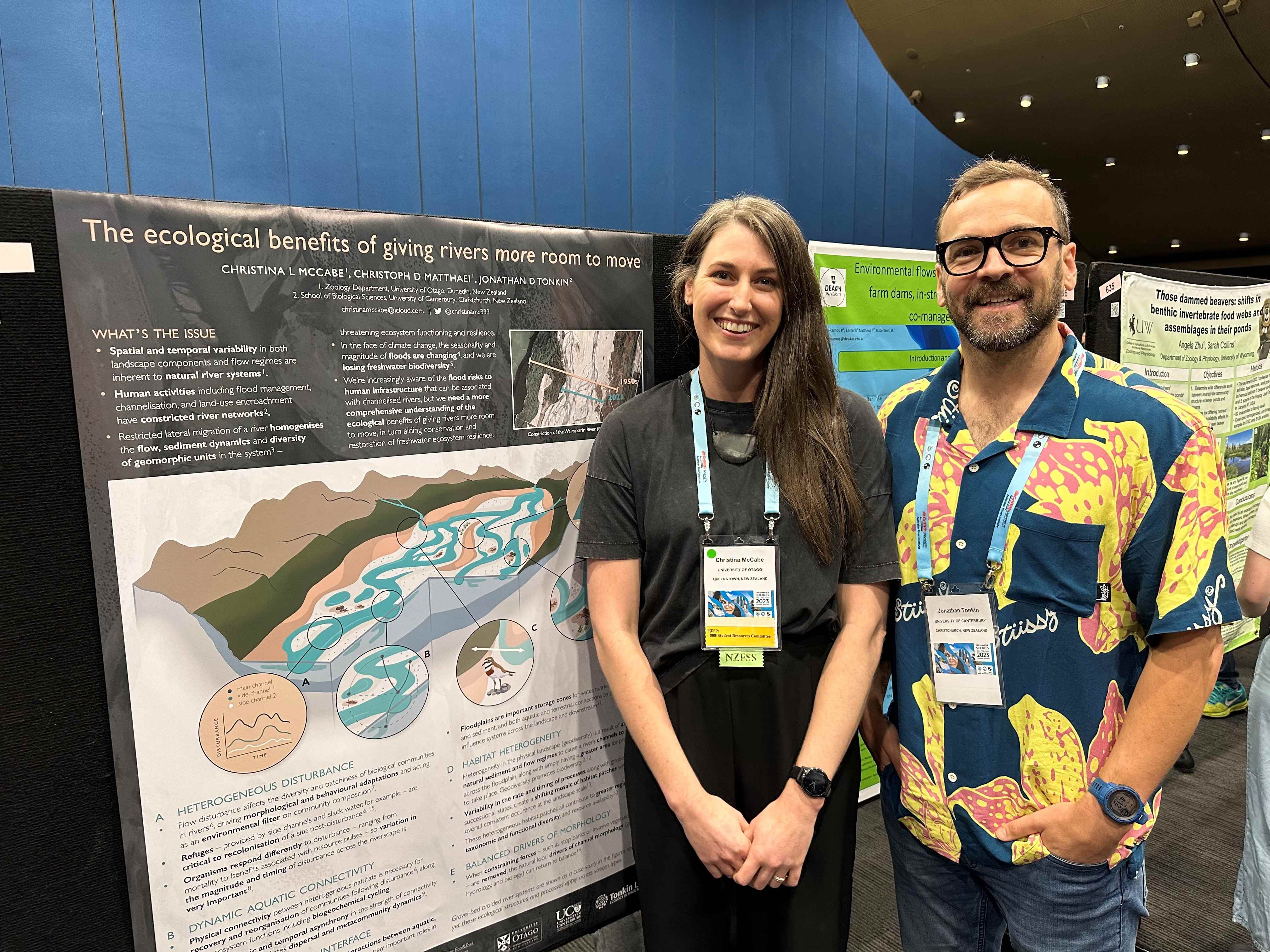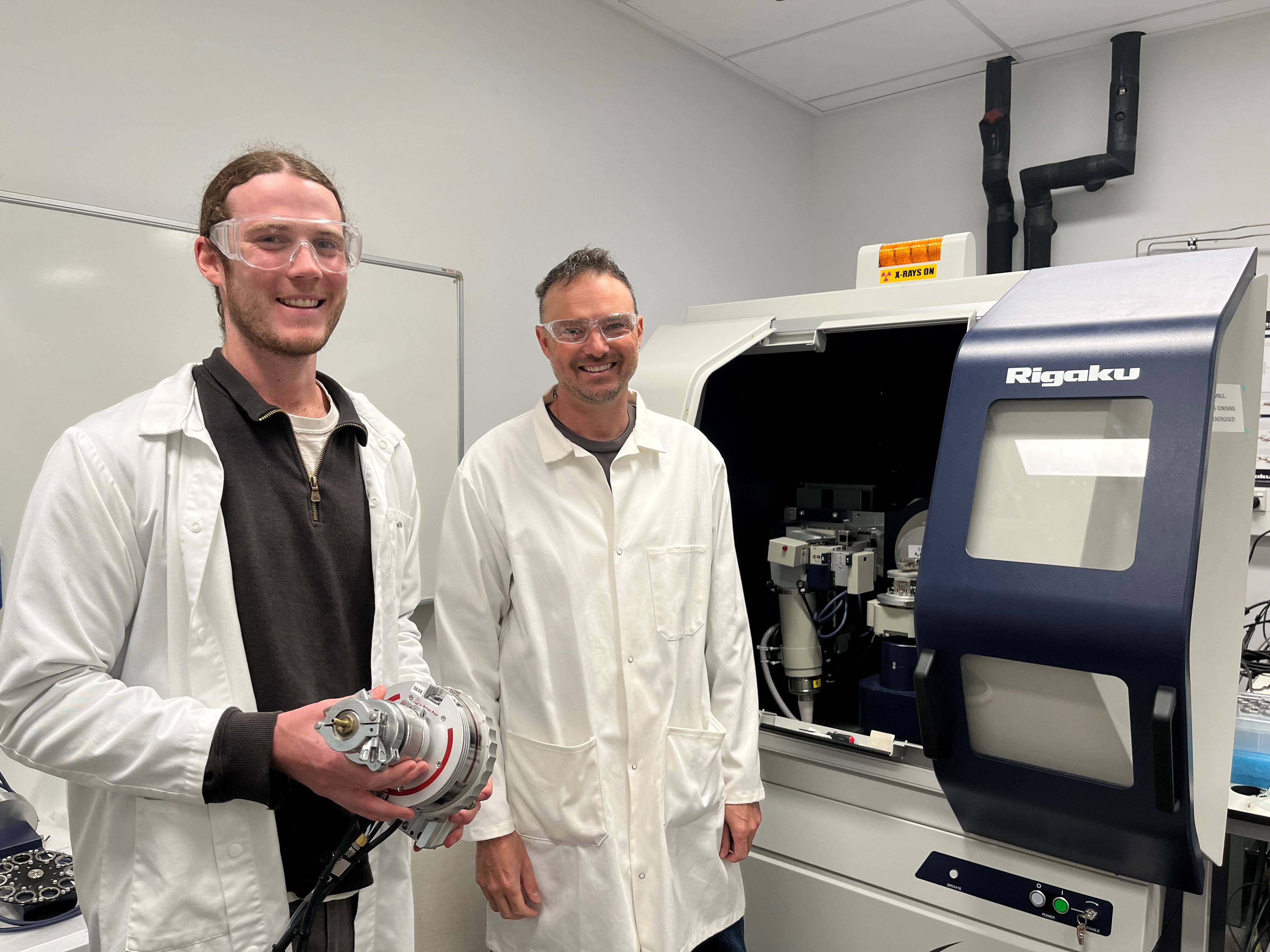PhD candidate Saiteja Sistla has come from India to continue his studies working under researchers who have years of experience in the field of earthquake engineering.
Modern building performance objectives, such as loss and downtime, are critical indicators of a structure's seismic performance. Unfortunately, there is no clear connection between the performance objectives and current seismic design guidelines. Despite the fact that buckling-restrained braced frames (BRBFs) have become more popular since the Canterbury earthquakes, formal criteria for their design do not yet exist because the structural system is still relatively new in New Zealand. Furthermore, existing research suggests that in BRBFs and special concentrically braced frames (SCBFs), out-of-plane buckling of the gusset plates may occur before the brace yields, but this failure mode is not explicitly incorporated in the current braced frame numerical modelling approaches used in research and practice. Hence, this research will focus on establishing an accurate numerical modelling approach for BRBFs and SCBFs, as well as a risk-targeted seismic design framework for their design.
"Current BRBF modelling approaches, which are widely adopted in research and industry, are incapable of simulating the out-of-plane buckling of gusset plates. As a result, the initial step in my research will be to create a novel braced frame numerical modelling approach capable of modelling this failure mode and understanding its effects on the overall seismic performance of braced frame structures" says Saiteja.
The subsequent stage is to benchmark the seismic performance of code-conforming BRBF and SCBF buildings. To this end, hazard-consistent ground motions will be used to conduct non-linear response history analyses on a wide range of code-compliant braced frame building models. These findings, together with New Zealand specific building data, fragility functions, and loss functions, will be used to benchmark the seismic performance of BRBFs and SCBFs.
The next phase will be to conduct parametric studies on a variety of BRBF and SCBF structures in order to identify the design characteristics that influence the performance objectives. Finally, a risk-targeted seismic design framework for these braced frames will be developed, based on the identified parameters.
The outcomes of this study will aid in the improvement of present BRBF and SCBF building design guidelines. Prior to construction, the performance objectives assist stakeholders in making informed decisions. The major outcome of this research is a design strategy that will enable practitioners to design BRBF and SCBF buildings that meet specific performance objectives.










